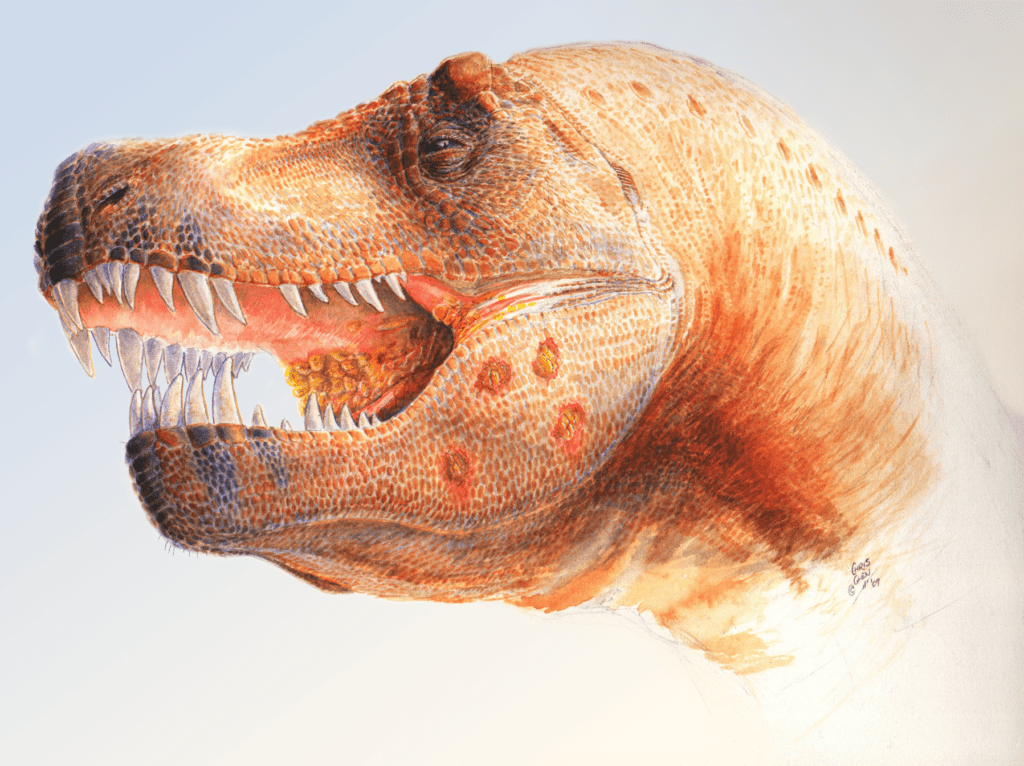Large carnivorous dino species like Tyrannosaurus or Allosaurus were among the biggest predators to ever walk on the face of the planet. They also had the ‘bling’ to match their size, according to a group of researchers who found a link between head ornamentation and theropod gigantism.
Terry Gates, a paleontologist who lectures at North Carolina State University, wondered if there was any relationship between cranial ornamentation, like bony crests, horns, and knobs, and rapid gains in size. Along with colleagues, Gates examined 111 theropods of various shapes and sizes, some of whom had skulls adorned with ornamentations while others lacked any headgear.
After they fed the data they gathered in a computer model, the researchers found that those theropods weighing under 36 kg (80 pounds) completely lacked any kind of cranial ornamentation. However, above this threshold, 20 of the largest 22 theropods employed a headdress.
What’s particularly interesting is that these theropods with head displays made large leaps in size over the course of their evolution, every 4 to 6 million years. On average, these dinosaurs evolved to giant sizes 20 times faster than those theropods who lacked cranial ornaments, such as Acrocanthosaurus.
“We were surprised to find such a strong relationship between ornaments and huge body size in theropods,” Gates explains. “Something about their world clearly favored bling and big bods.”
Gates says that this trend is significant and shouldn’t be ignored. Scientists generally agree that such ornamentations, either those of dinosaurs or those found in animals today like elk, serve to attract mates or fend off rivals. But could there be more to it?
To try to get to the bottom of things, Gates and colleagues are now studying Galliformes, which are birds like chicken, turkey or quail. These animals are the direct descendants of the lineage of dinosaurs that survived the mass extinction event that ended their rule some 65 million years ago.
Judging from fossils of Velociraptor, Ornithomimus, and Falcarius, some of the direct descendants of birds, these theropods defy the observed pattern. These dinos lacked any kind of body head display, despite being heavier than 36 kg. Gates suggests that they didn’t need body head display, which can be costly from an evolutionary standpoint requiring reinforced vertebrae for instance, as long as they had feathers.
The best explanation is that the long stiff feathers, which originated in this group of dinosaurs and were similar to modern bird feathers, could perform equally well as social signals when compared to the bony displays in T. rex or Dilophosaurus,” Gates surmises.
The findings appeared in the journal Nature Communications.










